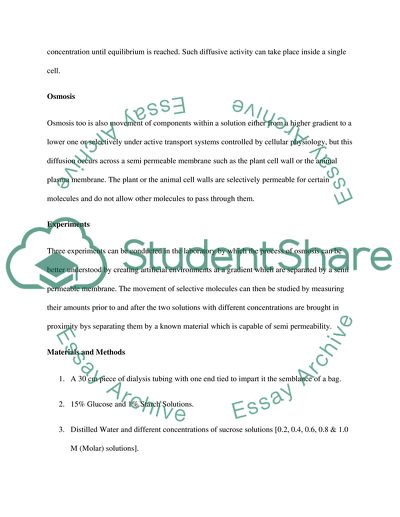Cite this document
(“Potato Osmosis Assignment Example | Topics and Well Written Essays - 2500 words”, n.d.)
Retrieved de https://studentshare.org/biology/1728122-potato-osmosis-lab-report
Retrieved de https://studentshare.org/biology/1728122-potato-osmosis-lab-report
(Potato Osmosis Assignment Example | Topics and Well Written Essays - 2500 Words)
https://studentshare.org/biology/1728122-potato-osmosis-lab-report.
https://studentshare.org/biology/1728122-potato-osmosis-lab-report.
“Potato Osmosis Assignment Example | Topics and Well Written Essays - 2500 Words”, n.d. https://studentshare.org/biology/1728122-potato-osmosis-lab-report.


